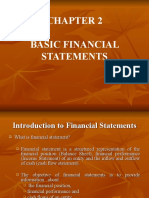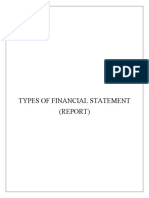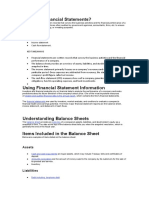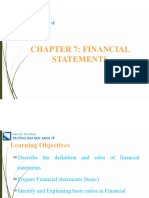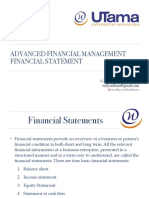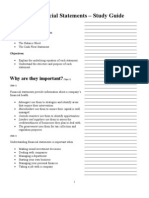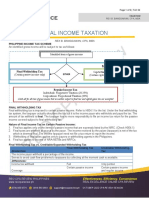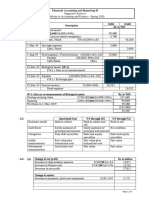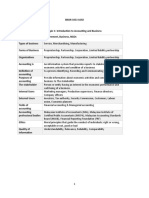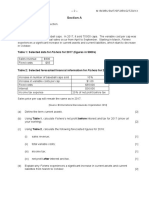0% found this document useful (0 votes)
7 views8 pagesFA Notes
Financial statements are essential reports summarizing a business's financial position and performance, including the balance sheet, income statement, and cash flow statement. The balance sheet provides a snapshot of assets, liabilities, and equity; the income statement shows profitability over a period; and the cash flow statement tracks cash movement. Together, these statements offer a comprehensive view of a company's financial health, crucial for decision-making and evaluating performance.
Uploaded by
Shivaai SinghCopyright
© © All Rights Reserved
We take content rights seriously. If you suspect this is your content, claim it here.
Available Formats
Download as PDF, TXT or read online on Scribd
0% found this document useful (0 votes)
7 views8 pagesFA Notes
Financial statements are essential reports summarizing a business's financial position and performance, including the balance sheet, income statement, and cash flow statement. The balance sheet provides a snapshot of assets, liabilities, and equity; the income statement shows profitability over a period; and the cash flow statement tracks cash movement. Together, these statements offer a comprehensive view of a company's financial health, crucial for decision-making and evaluating performance.
Uploaded by
Shivaai SinghCopyright
© © All Rights Reserved
We take content rights seriously. If you suspect this is your content, claim it here.
Available Formats
Download as PDF, TXT or read online on Scribd
/ 8



